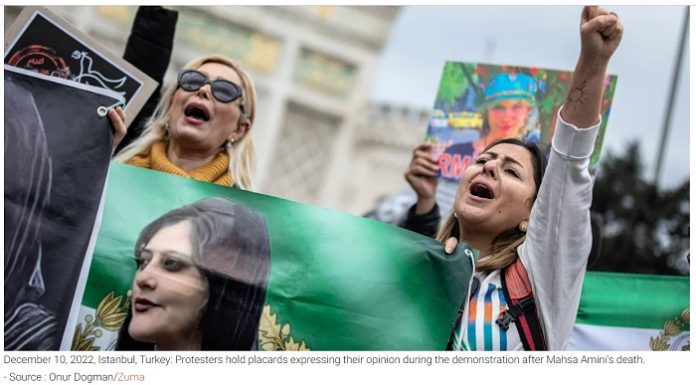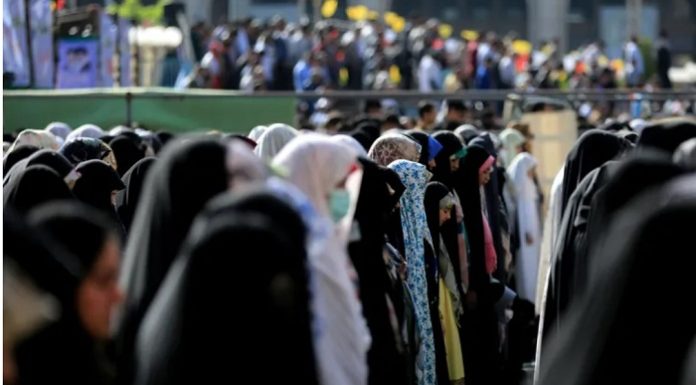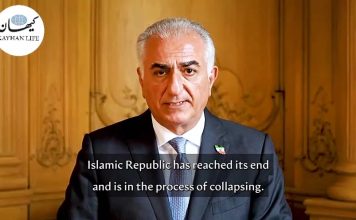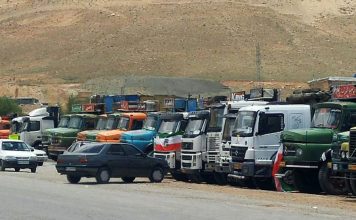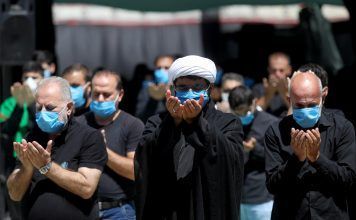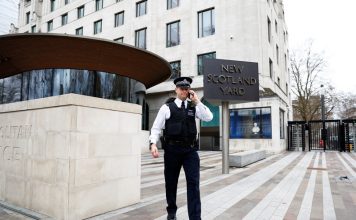By Golnaz Fakhari
April 27, 2023 -Analysis-
Sexual violence, specifically rape, has been used as a tool to terrorize civilians in most, if not all, conflicts of the modern age.
Evidence gathered on rape during conflicts since the Second World War shows that the vast majority of victims are women — even if men are also raped — and that the practice is systematic, rather than a byproduct of chaos.
Examples abound, but among the most gruesome are testimonies cited in a 2002 article in The Guardian, on the rape of “every German female” of all ages by Red Army soldiers pushing into Germany at the end of the World War II.
As a woman, now may be the time to reread history and to finally understand how societies deal with large-scale sexual violence. It is a shameful history for any country, for many reasons, but processing it the right way — which means facing the facts where possible — may be crucial to building a peaceful society.
I have been researching Iran’s history in the last years of the monarchy, before the 1979 revolution, and the first years of the Islamic regime that followed. I was looking for material on the women of Shahr-e no (New City, Tehran’s “red-light district”), and wondered why there is so little compared with other episodes of our recent history. The same may be said of women killed or raped during the Iran-Iraq war of 1980-88.
Historians and society seem to have concurred in casting a ‘respectful’ veil of silence on the chapters. But was it to safeguard the honor of Iranian men?
Knowledge gaps
Considerable research is still needed for a full account of the rape of Iranian women by Iraqi soldiers (as happened in Bostan in the Khuzestan province in 1986). A 2019 article by the BBC’s Sara Mohammadi examines the issue of female Iranian prisoners-of-war, while an item by Nahal Tabesh for Radio Zamaneh considers the systematic use of rape by Iraqi soldiers.
I also wanted to know of the fate of the women and children of Shahr-e no or Citadel, as the district was also called, after the revolution. Revolutionaries burned it down in the last days of the revolution, but few people I have spoken to seemed to know much about it or what happened to its inhabitants. Unlike the women of western Iran, these escaped the lust of the Baathist soldiers, but both groups were victims of the same system, which sees the female body as a man’s property and believes its “desecration” justifies social elimination.
More documents on both episodes might allow a comparative study of the fates of Tehran’s prostitutes and rape victims of the Iraq war..
“Comfort women”
I thought it helpful to seek comparisons with the ‘comfort’ women (many of whom were Korean) forced to provide sex for Japanese troops in the Second World War, if only for the traditional prevalence of sexist attitudes in both Iran and the Korean peninsula.
Shame is a common trait of traditional societies.
The phenomenon of the women lured into working as army prostitutes in Japanese “comfort stations,” was discovered at the end of the war and its details were revealed in the testimonies of its victims. Difficulty with grasping the scale and organization of this episode may have led certain historians to suggest that women were not “really” forced to work this way. Male disbelief and skepticism often arise in analyses of the phenomenon of rape, so imagine the confusion when it was happening on a mass scale.
The women of Shahr-e no may have fallen victim to this perspective. In such cases, the sexual ordeal precedes a social ordeal. One former comfort woman, Kim Bok-Dong, said she waited years before telling her mother. Fearing shame, her mother could not share the revelations, which stressed her enough to cause an early death, Kim recalled.
Shame is a common trait of traditional societies in this context. But in stark contrast with Iran, South Korea has broken the silence on the rape of its women. The Islamic Republic, meanwhile, with society’s tacit approval, has all but buried the histories of Tehran’s prostitutes and the rape victims of the Iraq war. Perhaps the protests of 2022 and their galvanizing slogan of “Woman, Life, Freedom” will pave the way for a national narrative that includes a full clarification of Iran’s multifaceted history.
Defending the “oppressed”?
The late leader of the 1979 revolution, Ayatollah Ruhollah Khomeini, boasted he would defend the “oppressed.” His definition seemed to exclude women and children who faced the wrath of a mob ransacking their “citadel” as part of the new, moral order.
Troops failed to stop the attack, and the fire brigade never arrived.
On Jan. 29, 1979, two weeks after Shah Mohammadreza Pahlavi had left Iran, a crowd besieged the Shahr-e no in the evening, ignoring police requests to disperse. Hours before, the mob had set fire to the Shams brewery, and in the days prior had attacked cabarets in downtown Tehran. As people in the mob forced their way in, more came to join the rampage. According to film director Kamran Shirdel, “the incident” showed that just days after the Shah’s departure, the state was in full retreat, driven out by mob rule. In this case, troops also failed to stop the attack, and the fire brigade never arrived.
The Citadel, it should be said, emerged in the 1920s as political power was changing in Iran. People noted then an increase in prostitutes roaming Tehran, and many were identified as former members of the princely harems of the toppled dynasty, the Qajars. The authorities sought to concentrate them geographically, in a first step toward social rehabilitation. They had little success, as the concubines became prostitutes.
A documentary made in 1966 for the Iran Women’s Organization showed a later generation from the Citadel to be desperately poor, illiterate and even confused. Some had no idea how old they were. Others had been kidnapped from home as children, bartered away for a bag of rice or, in one case, pimped out by the husband. Their children were destined for similar lives. Many, both girls and boys, were abused by clients before becoming prostitutes.
Vulnerable minorities
These, then, were the soldiers manning the Citadel, which was stormed by the gang of Khomeini zealots. In the summer of 1979, the regime executed a number of well-known prostitutes. Others became homeless or returned to their provinces, where some were reportedly stoned.
For any dictatorship, the suppression of one group of undesirables provides a modus operandi for future acts of repression. In time, everybody becomes a vulnerable minority, waiting to be targeted. Likewise, the suppression of reports on the rapes of Iranian women by Iraqi soldiers reveals another trait of dictatorial regimes: the selection of facts.
The protests of 2022 may be significant precisely as an unprecedented, collective refusal to participate in the oppression of the weak in Iran. They may be the sign of a social evolution, so cruelly absent in 1979.
*Fakhari is a writer and journalist living in Canada.
All rights reserved@Worldcrunch – in Partnership with Kayhan.London/Persian

